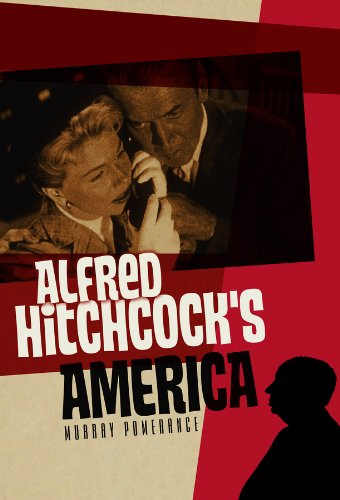
In 1939, at the age of 40, Alfred Hitchcock moved to America. He’d had huge success as a filmmaker in Britain, but Hollywood was calling, and as so many others before him and after, Hitchcock answered that call. As scholar Murray Pomerance writes in Alfred Hitchcock’s America, the famed director loved America and was both highly influenced by and greatly influenced it himself.
Certainly he made his greatest films while living in America, many of which have come to represent the very ideals of this country. Pomerance comes to these films from a cultural and political standpoint and this book investigates how the culture influences the films and the films influenced the culture. Pomerance only covers the films that Hitchcock made in America and that deals extensively with its culture and citizenry. As such he not only leaves out the director’s films made in England (and elsewhere) but films such as Under Capricorn and Topaz that were made during the American years, but occur in other countries.
Instead of looking at the films in chronological order or separately one-by-one Pomerance instead chapters the book into more cultural sections dealing with American scales, personalities, values, social form, and marriage. He then discusses the various films when they fit into those particular ideas. He goes on to speak on the personal life of Hitchcock and the various things happening in America at the time.
Pomerance is a scholar, a professor, and academic. He clearly knows his stuff and has a great love for Alfred Hitchcock. I certainly learned many things about the director and his work by reading this book. It is, however, not a book for the casual fan. It is clearly written for the serious film student and made for a more formal study. Frankly, it’s a bit of a slog.
Which is odd considering that while Hitchcock was a master of his craft and there is a great depth of artistry and meaning in his films, they were always made for the popular audience. All of his films are easy to watch and make for excellent mass entertainment. This book, however, is likely to only find love at the university level.
That’s not to say there isn’t worth in these pages. For those willing to dig in deep with Pomerance, there is a wealth of information and an interesting take on the artist and the world around him. But be forewarned, you really got to want it.